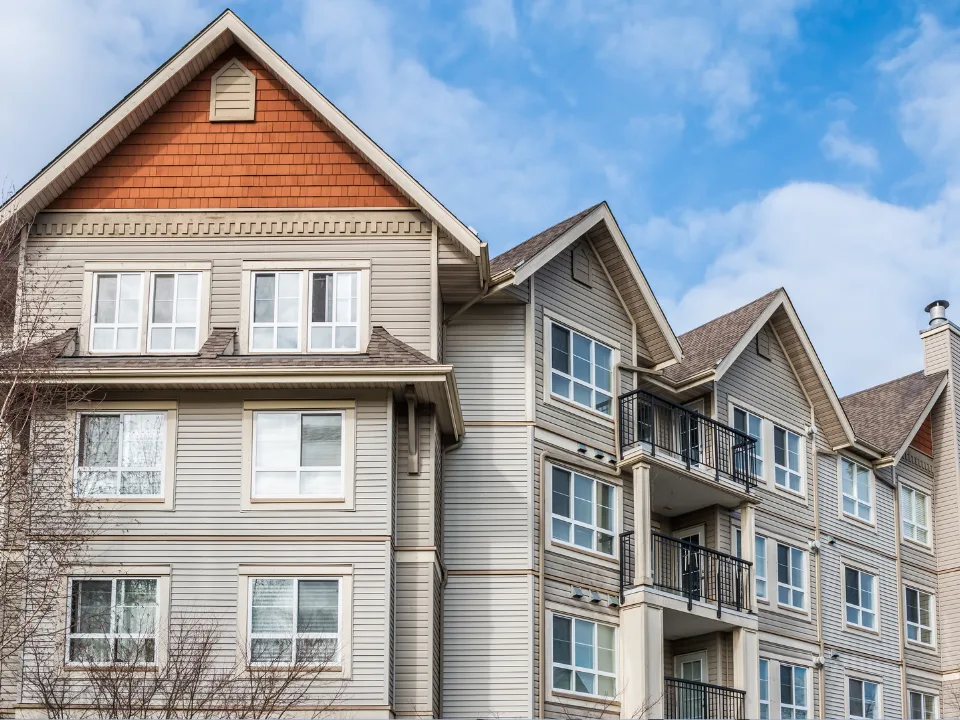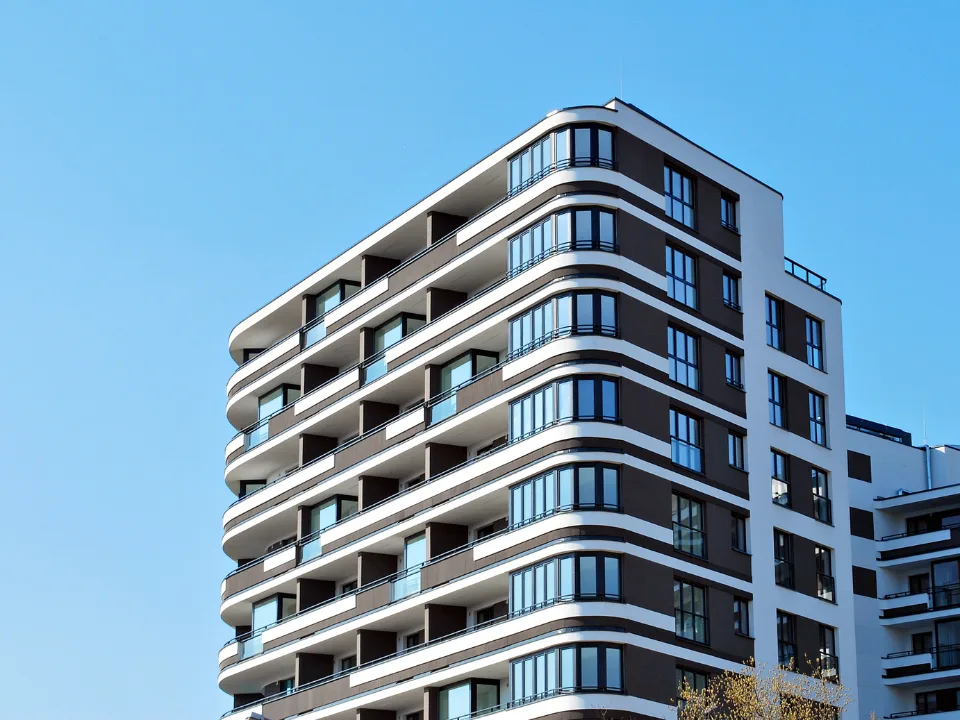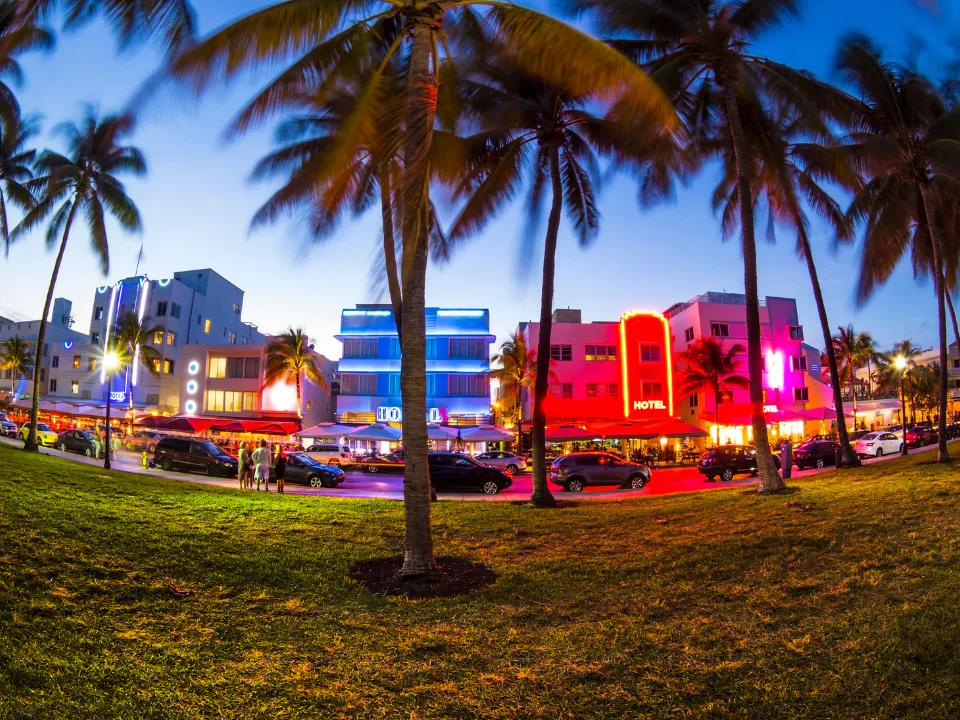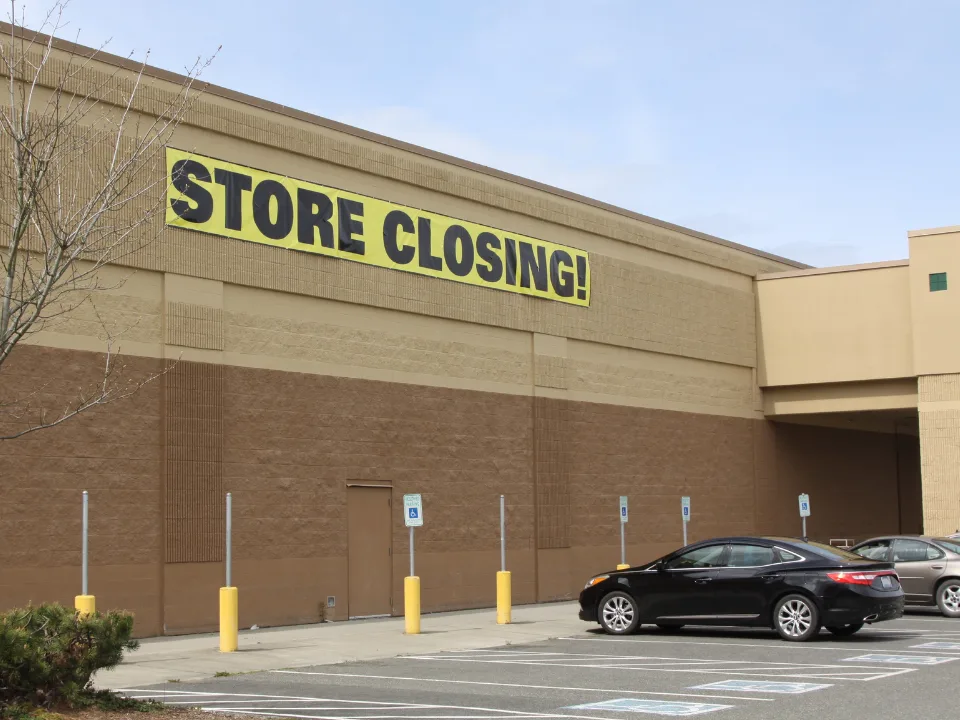- St. Paul amends rent control by exempting post-2004 construction, citing a sharp decline in new housing starts since the ordinance passed in 2021.
- Minneapolis blocked a proposed rent control ballot measure last fall, while other jurisdictions like Washington State and parts of Maryland have enacted new controls.
- Housing affordability pressures are clashing with developer concerns over rising costs, interest rates, and declining project feasibility.
- The political divide is deepening, as states and cities take opposing stances on rent caps despite national polling showing widespread public support.
The fight over rent control is heating up again as rising costs continue to squeeze renters across the US, per Globe St. In the latest twist, St. Paul’s City Council voted to permanently exempt newer rental properties from its controversial 2021 rent control ordinance. Meanwhile, other regions are either adopting new caps or halting proposed legislation, exposing a growing national divide on the issue.
St. Paul Reverses Course
After witnessing a dramatic slowdown in multifamily development, St. Paul amended its rent control law to exclude buildings constructed after 2004. The move — narrowly passed by the City Council — came in response to a steep drop in housing production, which fell to just 20% of previous years’ levels. Mayor Melvin Carter’s administration championed the change, noting that the original law deterred developers and compounded housing shortages.
Get Smarter about what matters in CRE
Stay ahead of trends in commercial real estate with CRE Daily – the free newsletter delivering everything you need to start your day in just 5-minutes
Minneapolis Stalls Rent Control Push
Just across the river, Minneapolis dropped its own rent control proposal last fall. The measure failed to reach the ballot, partly due to the absence of several council members observing a religious holiday. Though the city has since taken action to regulate rent-setting algorithms, it remains without a formal rent control policy.
Other States Push Forward
While some localities are retreating, others are moving in the opposite direction. Washington became the latest state to adopt broad rent control legislation, and Maryland counties like Montgomery and Prince George’s — popular among institutional landlords — enacted new caps. These efforts reflect persistent public demand for housing affordability in the wake of pandemic-era price surges.
Investors And Economics At Play
A confluence of economic factors is shaping these debates. Rising property taxes, insurance premiums driven by climate risks, and higher interest rates have all increased operating costs for landlords. Meanwhile, rental growth remains strong, as supply struggles to keep pace with demand. These conditions have fueled investor caution, particularly in cities with aggressive rent policies.
Why It Matters
Rent control remains a polarizing issue. On one hand, it’s a popular response to affordability concerns. On the other, developers and property owners argue it stifles new supply and undermines economic feasibility. In cities like St. Paul, local governments are now recalibrating in real time — balancing voter mandates with market realities.
What’s Next
Expect continued friction across the country. While national support for rent limits remains high, the response is increasingly fractured along state and municipal lines. With housing costs still elevated, lawmakers will face mounting pressure to act — or face backlash from tenants and developers alike.















